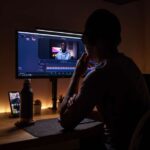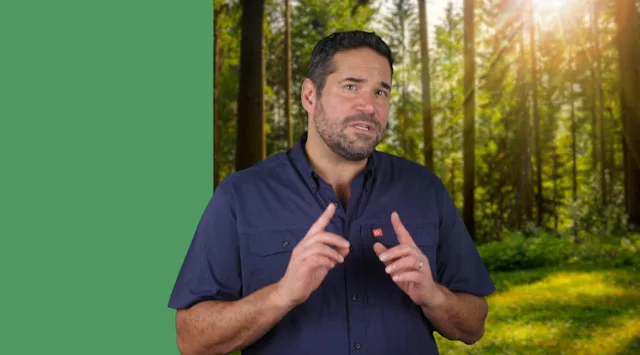
Have you ever seen behind-the-scene footage where green screens are used? If you’re wondering what these screens are and what they are used for, then you have come to the right place.
In this article, we will take a closer look at these screens, offering insight into this technology and providing a few tips on how to use this method to create great video content.
What Is Green Screen Footage?
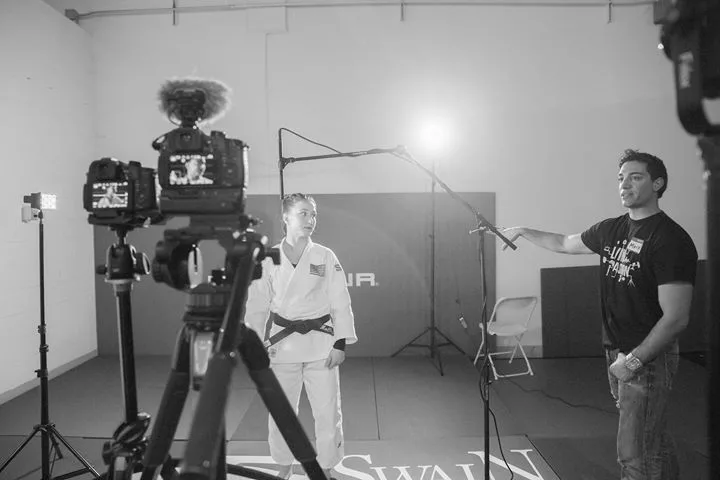 Green screen technology, commonly known as chroma keying, has become an essential component of modern cinema, video production, and digital interaction.
Green screen technology, commonly known as chroma keying, has become an essential component of modern cinema, video production, and digital interaction.
This approach involves switching out the solid-colored background, which is often either green or blue, with an alternate image or video clip during post-processing. Green screens have numerous applications, including creating alien landscapes and putting material behind news anchors as they relay the latest news report.
Where Did Green Screen Technology Originate?
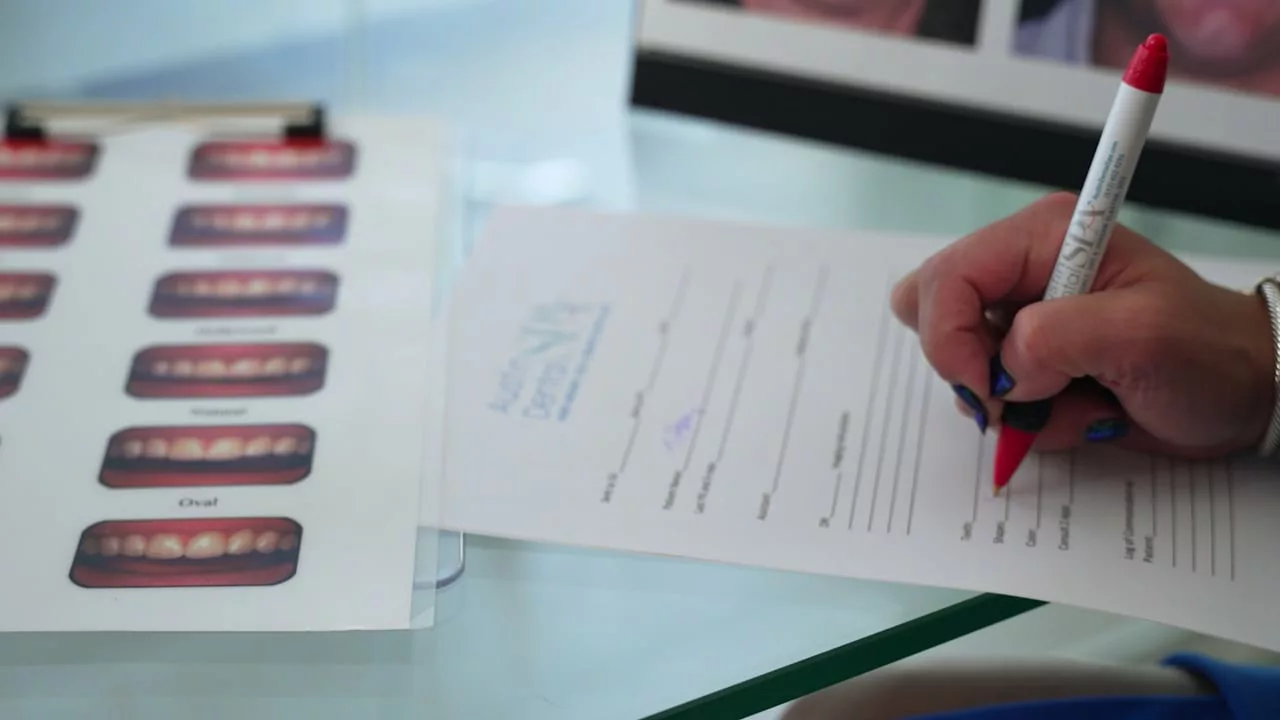 Surprisingly enough, the concept of using a green screen when filming can be traced back to the early days of video production.
Surprisingly enough, the concept of using a green screen when filming can be traced back to the early days of video production.
In the early 1900s, filmmakers used painted matte backdrops with double exposure to create spectacular effects.
However, the true success with this kind of technique came in the 1930s, when Larry Butler, an early innovator in the field of visual effects, employed a blue screen to produce outstanding effects in the film “The Thief of Bagdad.”
The change from blue to green panels occurred later because of the color of the film stock. Green became the chosen hue for this technique since it interfered less with human skin tones and apparel. Green screens have developed over time as technology has advanced, becoming a typical tool in the filmmaker’s toolset.
Steps to Help You Set Up a Green Screen Studio
If you want to use a green background to take advantage of this technology, then we have you covered. Below, we have listed a step-by-step guide on how you can create your own green screen studio.
1. Select a Green Screen
Choosing the appropriate green screen is critical to your success with this technique. Go for a high-quality chroma key green background that is wrinkle-free and uniformly tinted. Seamless paper or fabric screens are common options, but they must be big enough to cover the entire frame completely.
2. Focus on Lighting
You may not have realized this, but lighting is one of the most important elements to think about when utilizing this method for photo- or videography.
Proper lighting is probably the most important part of green screen setup. Even lighting throughout the whole screen. is required to ensure uniform color and easy removal. We recommend utilizing gentle, diffused lighting to reduce sharp shadows.
3. Make Sure You Are Positioning the Subject Correctly
Shadows are the enemy of green screen technology, so ensuring that the subject is placed in such a way as to avoid this is crucial. To avoid shadows and spill, position your subject at an ideal distance from the green screen.
4. Make Sure Your Studio Complements Your Setup
The next step is making sure that the surroundings complement the green screen scene. Remove any surfaces that can reflect light. This attention to detail throughout your setup can save significant time editing your image or footage in post-production.
Overcoming Challenges When Using a Green Screen
As we have just seen, using this technique is no easy task. There are a number of challenges that can arise during the process. In the section below, we’ll talk about some of them and how you can overcome them.
Spill
Spill happens when the green hue of the display reflects onto your subject. To reduce spill, keep the subject at an ideal distance from the green screen. Moreover, consider employing spill suppression techniques when editing to overcome this challenge.
Inconsistent Color
The truth is that uneven lighting on the green backdrop might result in irregular color, making it difficult to generate a clean key. Use many lights to uniformly brighten the screen, paying close attention to any shadows and moving your subject accordingly.
Color Matching
A flawless color match between both the foreground and background is required when you use a green screen. Use color correction techniques after capturing the footage to adjust the color balance and ensure a smooth transition.
Wrinkles and Shadows
As we mentioned before, you need to ensure that your green screen set is free of wrinkles. Because wrinkles create shadows, it’s important to have a green screen that is completely wrinkle-free. To avoid creases, try keeping the green screen taut. Proper illumination can also assist in reducing shadows created by wrinkles.
Our Top Tips for Getting the Perfect Green Background
With this in mind, here are some of our top tips for using green screen techniques in the content creation process.
Make Sure You Are Using High-quality Equipment
Although you could technically put up a green screen on a tight budget, purchasing high-quality equipment really does pay off in the long run. High-quality backgrounds, reliable lighting, and durable cameras will not only ensure that your footage looks great but also ensure that you don’t have to invest in more equipment any time soon.
Avoid a Motion Blur
When taking photographs, you should avoid motion blurs, as this can make it more challenging to isolate the subject during post-production.
Test and Calibrate
Achieving perfect results with green screen technology requires patience and trial and error to some extent. Make sure you are testing your setup out before using it to ensure that there are no issues that could potentially affect the results.
Go for Special Green Screen Software During the Post-production Phase
Select a dedicated editing program with a good set of features to ensure that you are left with high-quality results. Adobe After Effects, Final Cut Pro, and OBS Studio are examples of software that has powerful tools for precision keying, color correction, spill suppression, and so much more.
Keep the Background in Mind When Filming
Determine the background you intend to employ in post-production before you start filming. Assessing the lighting you’ll need, colors, and general tone of the background aids in creating content that blends perfectly.
Don’t Forget About the Wardrobe and Props
The truth is that clothing that matches the background can present difficulties post-production, so make sure you are paying close attention to the clothing and props that will be used.
Learn How to Use Post-production Tools
Because green screen technology depends largely on editing, it’s important that you master the art of editing. Even though you might have the perfect post-production software, knowing how to use it effectively is truly the key to success.
The Future of Green Screen Technology
Although green screen technology has evolved significantly over the years, there is still room for growth. A number of emerging technological advances may transform the way we see and use this technology in the future. Here are some of the things to look forward to in the coming years:
Artificial Intelligence
Artificial intelligence is transforming the post-production process of green screen use. AI systems can now analyze footage, detect delicate lighting and color discrepancies, and generate accurate and clean keys effortlessly.
This not only speeds up the editing process but also simplifies the application of green screens by making the difficult task of keying easier for a wider variety of content creators. As AI evolves, it’s safe to say that more tools are on their way to streamline the use of green screens in photography and filmmaking.
Virtual Production and Real-Time Rendering
The advancement of real-time rendering technologies brought about an exciting new phase of green screens.
Producers and content creators may now experience the wonder of compositing in real time. Engines such as Unreal Engine and Unity allow designers to effortlessly blend live-action components with virtual landscapes, providing incredible creative freedom.
This move not only improves productivity but also ignites a rush of storytelling innovation, allowing directors to play around with changing backgrounds and dynamic scenes.
Three-dimensional and Holographic Green Screen Background
Instead of just having a background video, we can now expect green screens to include holographic and three-dimensional backgrounds. This means that individuals will be able to interact with holographic components in real-time, resulting in graphics that go beyond the boundaries of ordinary screens.
Augmented Reality (AR) and Extended Reality (XR)
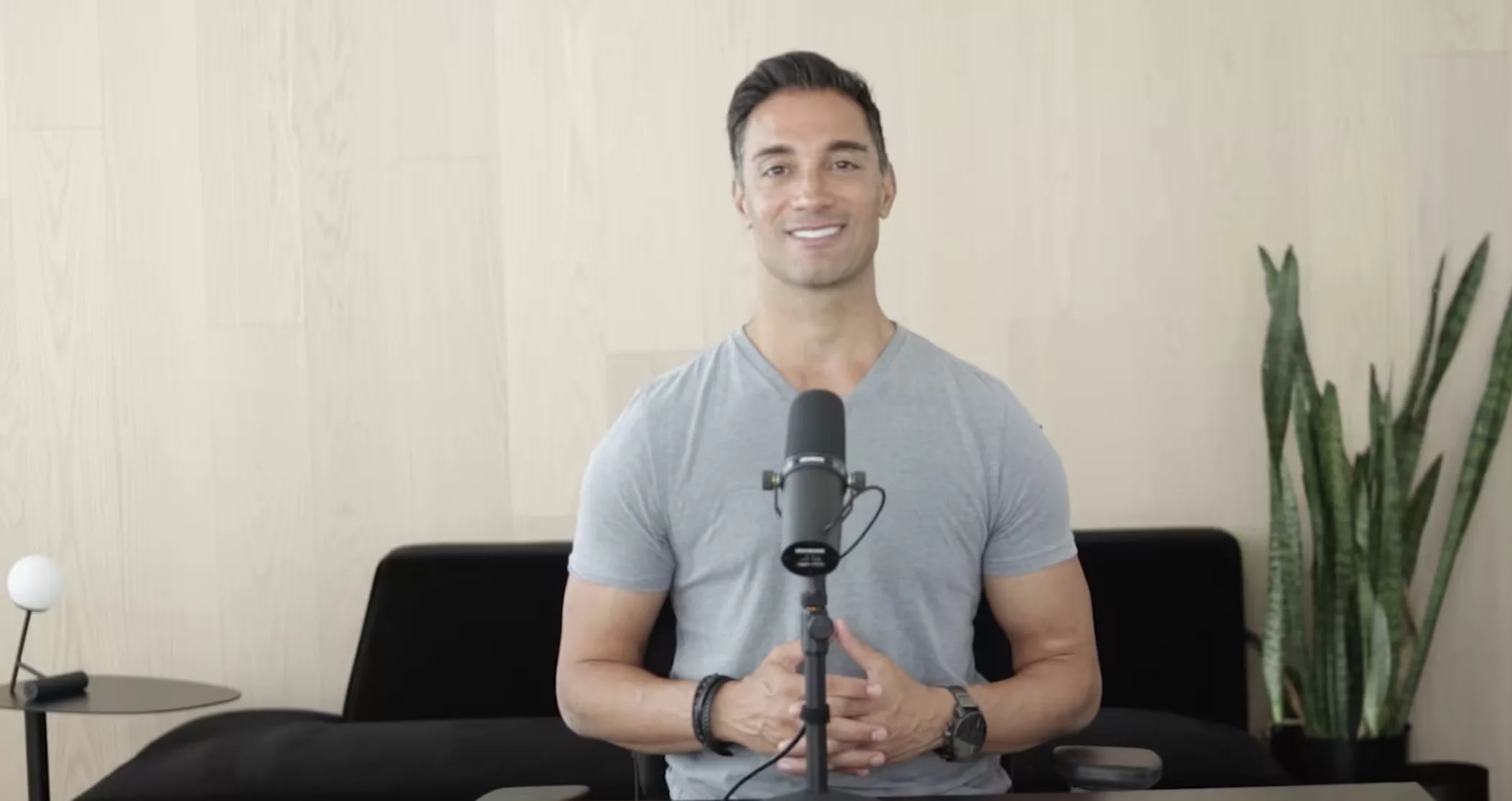 The merging of green screen technology, extended reality (XR), and augmented reality (AR) is imminent. This combination does more than simply substitute the background; it allows for completely immersive experiences.
The merging of green screen technology, extended reality (XR), and augmented reality (AR) is imminent. This combination does more than simply substitute the background; it allows for completely immersive experiences.
Instead of simply viewing the scene as a background, people can immerse themselves in it. Green screens, combined with XR and AR technology, have the potential to transform entertainment, education, and storytelling by offering viewers unique experiences.
Final Thoughts
When your video footage has been created successfully, it’s time to ensure that it reaches the right audience. At Mosaic Media, this is what we do best. To learn more about how we can help you reach more people, get in touch with us today!
Frequently Asked Questions
What is the point of using a green screen?
The primary objective of utilizing a green screen is to provide a transparent background in visual media. By shooting against a consistently colored green background, it is easier to distinguish the subject from the backdrop when editing. You can use a green screen to add video footage or photographs to your background.
How do you make a perfect green screen?
To make a green screen, use a high-quality chroma key green backdrop that is properly lit and free of shadows and wrinkles. Use quality green screen lighting, aiming for a consistent brightness across the green surface. Position the object you intend to photograph at the ideal distance from the screen to prevent spill.
Use special chroma key software with strong chroma key abilities, modifying settings such as tolerance and spill suppression to achieve precision with regard to keying. Then, you will need to fine-tune lighting and spend time on color correction during the final editing phase to blend the subject into the ideal background.
What are some ways green screens are used?
Green screens are commonly utilized in film, television, and video production for special effects, enabling producers to substitute the green backdrop with a variety of virtual landscapes. Green screens in virtual studios allow broadcasters to interact with computer-generated backdrops in real time.
They are also frequently used in video game streaming to simulate streamers, as well as in educational content to create changing backgrounds. Furthermore, green screens are used in product demos to improve visuals and highlight crucial features.
What are the best settings for a green screen?
When filming using a green screen, it’s important to adjust your aperture to f4 or f5.6, making sure that your subject is always in focus. Your shutter speed should be set at 1/80 or 1/100. You could even go up to 1/125 or 1/250.
We also recommend learning how to modify your camera’s ISO. ISO lets you adjust the brightness of your images, allowing you to adapt to the light you have available and generate a variety of effects. The majority of professionals recommend using a low ISO while working with green screens.
Too much ISO causes your video to appear more grainy since it picks up more detail and gets brighter, resulting in more color grain and rendering it more difficult to draw an appropriate key. Lower ISO yields less grain, making post-production considerably easier.
What is the difference between a green screen and a blue screen?
The fundamental distinction between a green screen and a blue screen is simply the color selection for chroma keying.
Although both types of screens serve the same objective of changing the backdrop with a different image or video, green screens are more widely employed as they offer better color separation and are not as likely to match the subject’s clothing as blue screens are. That’s because not many people wear green and not many prefer green clothing.
Here's how we do it
Free Strategy Session
Produce Your Video
Achieve Your Goal
So, schedule your free strategy session now. Don’t let the fear of a complicated process stop you from telling your incredible story to the world.
Recent Posts

Mark Wonderlin is the visionary founder of Mosaic Media Films. He is passionate about crafting creative business videos that captivate and convert. Mark and his team stand out by creating visually stunning videos and ensuring they align seamlessly with the client’s broader marketing objectives.





